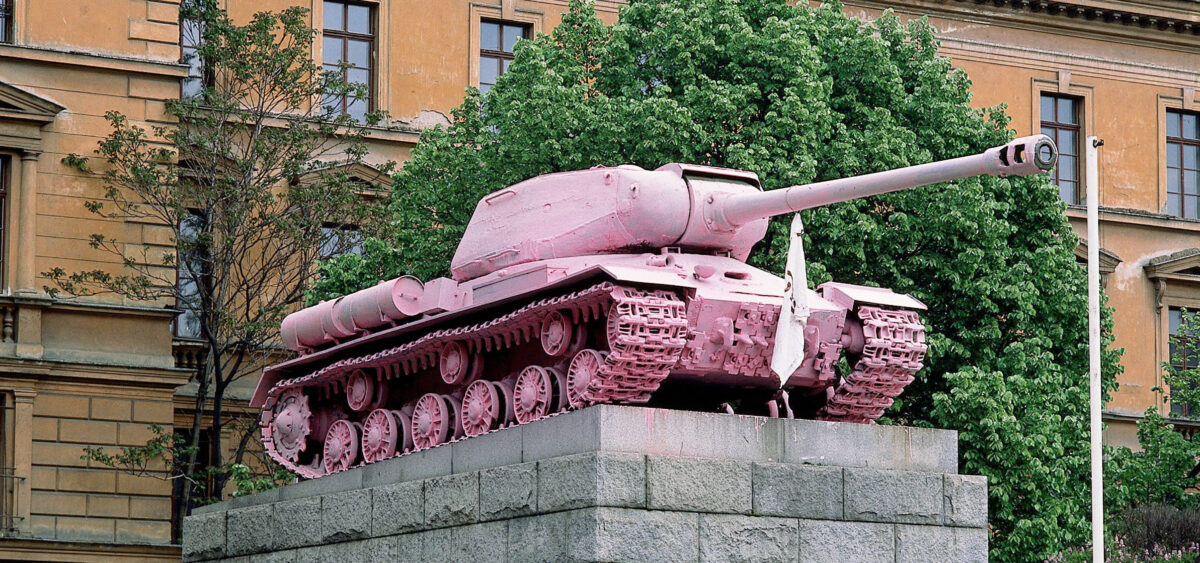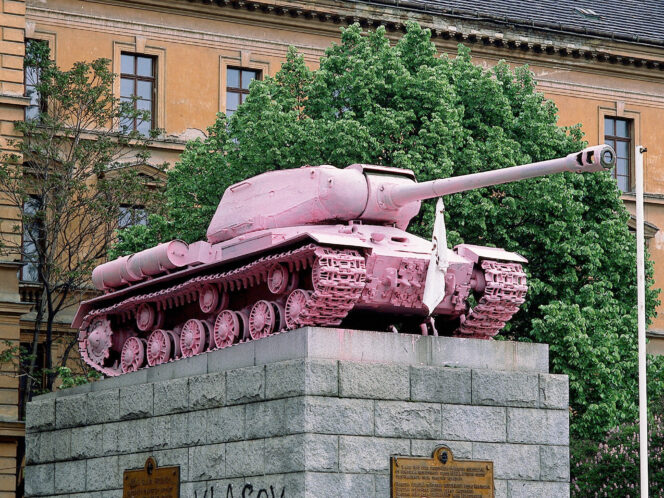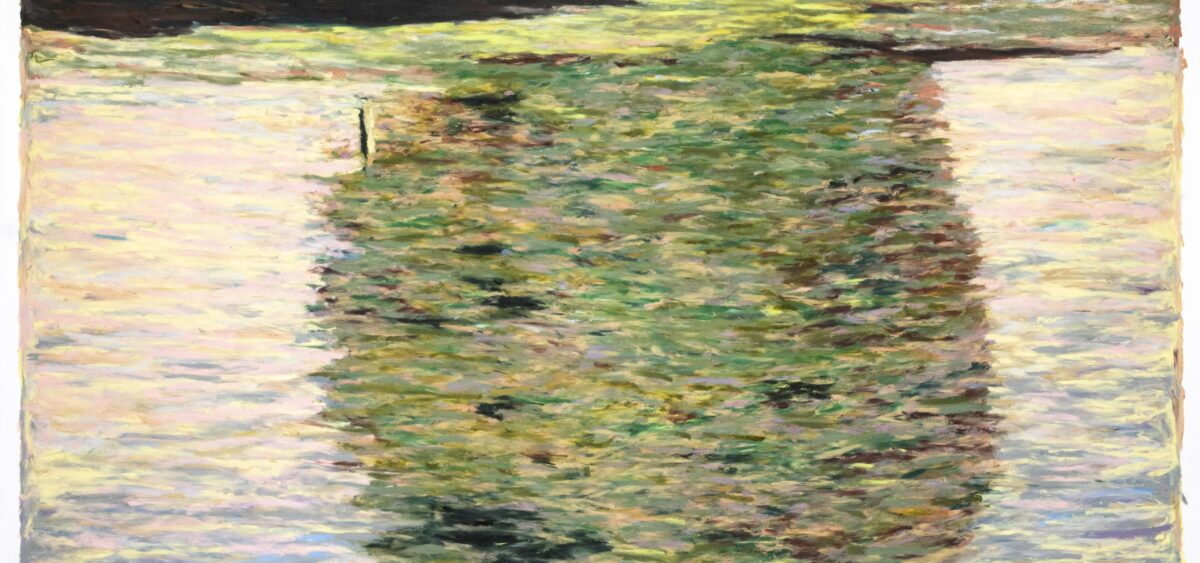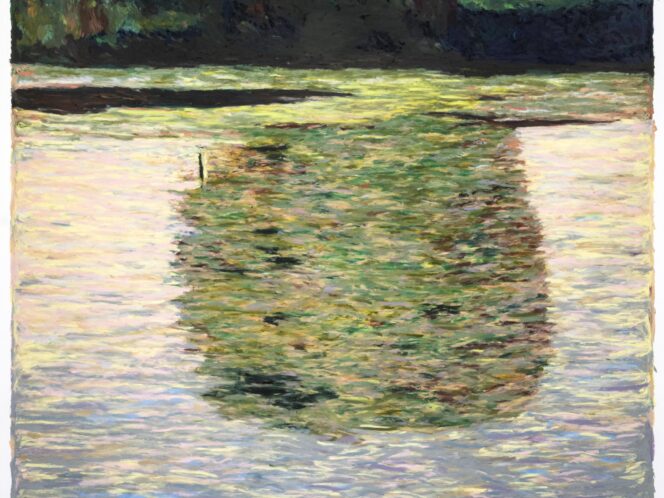
There are countries in the world where an artist like David Černý would have long been in prison—or worse. But in the Czech Republic, this creator with no respect for all that the nation holds sacred is celebrated as the country’s most famous contemporary sculptor.
David Černý turned fifty years old a long time ago, but in many ways he is still a boy who refuses to grow up. His ego has expanded to a size unusual even for an artist; he’s recently started celebrating it at a museum devoted to his art which he himself founded. Good taste, subtlety, and political correctness are notions which Černý never adopted, because he has never even tried to become acquainted with them. In the 1990s he was the creative golden child of political transformation, and today he’s a relic of that era. The way his art develops is quantitative: Černý produces more work more quickly, and for more money, but in an artistic sense he’s standing still. There is an ongoing discussion whether he is even a good sculptor or rather a capable showman, someone akin to a rock star who fills the streets of Prague with his creations instead of playing the guitar.
While tourists and the media adore Černý, the Czech creative scene turns its nose up at him. So far, the sculptor has been immune to criticism because he’s not an average artist but rather a phenomenon which cannot be disposed of with standard critical apparatus. One can enjoy or be irritated by his art, but they cannot dismiss it—largely because the Czech capital city has been intensely saturated by his works, and today it’s difficult to imagine Prague without Černý’s installations. In an essay in his book Zrób sobie raj (Do-it-Yourself Paradise), eminent connoisseur and devotee of Czech culture Mariusz Szczygieł claims that an artist like this could only have come about in the Czech Republic. At the same time, Černý works within a more universal narrative—he deals with the fate of post-Cold War art, the artistic and spiritual condition of post-Communist Central Europe, the unique opportunities and disappointed hopes of the era of transformation, and our parochial struggles with globalization, capitalism, and democracy. In this context, Černý is also a symptom of an era: if he didn’t exist, we would have to invent him.
The Pink Tank
At the end of 1989, when Czechoslovakia was gripped by the Velvet Revolution which brought about the end of real socialism in the country, David Černý was an art student. He was twenty-two, the perfect age








